
source for the review - Sabaj DA3
Songs used for the review
Jim Keltner - Improvisation
Eric Clapton - My father's Eyes
Nah Youn Sun - My Favorite Things
Inception - Dream Collapsing
Steve Strauss - Youngstown
Stimulus Timbre - Expression
Diana Krall – Let's Fall in Love
Trevor Jones - Clear The Tracks!
The DALI CD - Zhao Cong , Moonlight on Spring River
Baba-Yaga, for orchestra, Op. 56
Rebecca Pidgeon - Grandmother
Sara K - Maritime
Trevor Jones - Promentory
Patricia Barber - Regular Pleasures
Dire Straits - Brothers In Arms
Dire Straits - Your Latest Trick
Dave Brubeck - Take Five
Marcin Przybylowicz - Go Back Whence You Came
James Horner - Going After Newt
Hans Zimmer - Dream Is Collapsing
Hans Zimmer - Molossus
Harry Gregson - Emergency Launch
Shpongle - Shpongle Spores
Dizzy Gillespie - Could it Be You
Dominik Eulberg - Björn Borkenkäfer
Trentemøller - The Forest
Kryptic Minds And Leon Switch - Ocean Blue
Nirvana - MTV Unplugged In New York (Album)
Xiomara Laugart - Tears and Rumba (2015) [192-24](Album)
Xiomara Laugart (2006) Xiomara (24-96)(Album)
Xiomara Laugart (2010) La Voz (24-88)(Album)
specs
Transducer unit: 10mm high magnetic composite dynamic driver
Diaphragm: Polymer composite titanium-plated diaphragm
Frequency response: 15Hz-40kHz
Sensitivity: ≥101dB (at 1000Hz)
Impedance: 16Ω
Price - 60$
That is my first review sample, thank you Alan.
Packaging
The packaging is very good, you get very good quality 6 pairs silicone eartips, braided black removable 2 pin cable, the box is nicely padded from the inside so everything is well protected.




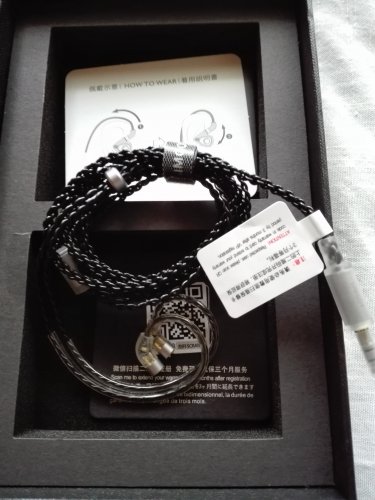
Build, fit and comfort
The build is solid, they are made from plastic but it is thick and durable, is not thin plastic body like the Massdrop Nuforce EDC3 for example. The nozzle is made from metal, another good point about their build.
The cable is good but i like to use aftermarket cables.
The comfort is very good for me, they are small and fit very well.
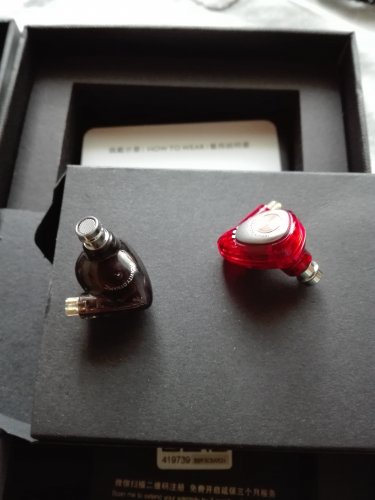
They have two types of tips, 3 sets of wide bore tips and 3 sets of narrower bore.
The wide bore is for cleaner more open sound, narrow bore is for warmer sound with more bass.
I like the tips very much, they are soft and i use them with some of my other in ears.

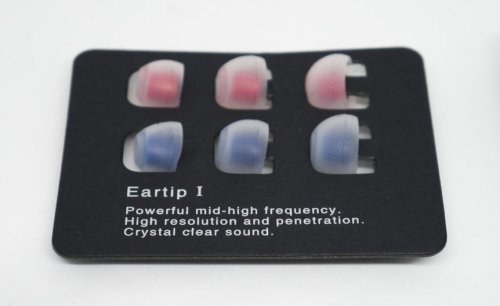
isolation
The isolation is good but they have a vent in the front, it is not strong but they block some noise.
Overall sound signature.
Mid bass boost with strong upper mid/lower treble area.
EDIT 09.06.2019 - today i tried them with small bore Sony mh1c tips and deep fit, the grain in the upper mids is gone and they are a lot better, the stock tips are holding them back

Bass
Has a boost in the mid bass, is not a lot, probably 3-4db over DF flat line. The extension is good, they can go low but the mid bass is taking the lead here, sub bass takes a step back in the overall response. Bass control is very good, tight with good speed. Texture and details are not very good, lack of separation between the notes, the details are not easy to hear. Overall good bass response with tight hits but not a lot of texture and the sub bass is one step behind the mid bass.
Mids - with the stock tips
Are uneven sounding, kind of dry and not tonally correct. Recession in the lower mids, they sound like detached from the bass, there is no smooth transition from the bass to the midrange. Huge boost in the upper part, the mids lack body and sound very aggressive with some songs.Male vocals sound thin and the female sound very forward, no musicality, no lushness or body, dry and forward.
EDIT - with Sony tips
I found that with small bore eartips and deep fit (from Sony MH1C) the midrange is very improved, smoother and more musical, not so aggressive anymore.
Treble - with stock tips
The boost in the upper mids continue into the lower treble, at the same time they lack upper treble, the extension is poor. For that reason the treble has some grain to it, it sounds rough and unrefined. Lack of air and finesse. The treble is not aggressive like the upper mids but has some edge to it. Overall not very good treble for those reasons.
EDIT - with Sony tips
again, with Sony tips the treble is a lot smoother and the grain is gone, a lot more unoffensive treble response
Soundstage and imaging.
Soundstage has good width but is not very deep. The imaging is not very good, not very specific and with fast and complex tracks is getting a little bit cloudy. The instrument separation is average.
Conclusion
Good package, build and comfort, average sound with the stock tips, smoother pleasant sound with the Sony tips.
For the money they are good only if you use them with narrow bore eartips.
Recommendation to Simgot - Consider including narrow bore eartips instead of the wide bore "analytical" ones.
Have a good one.













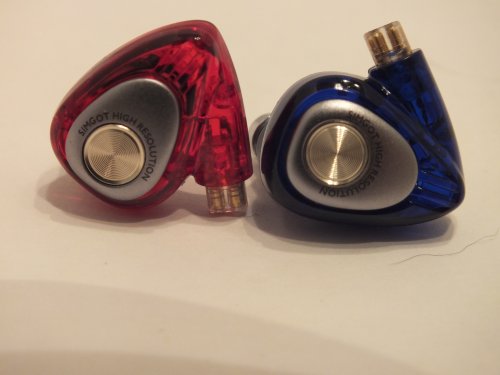
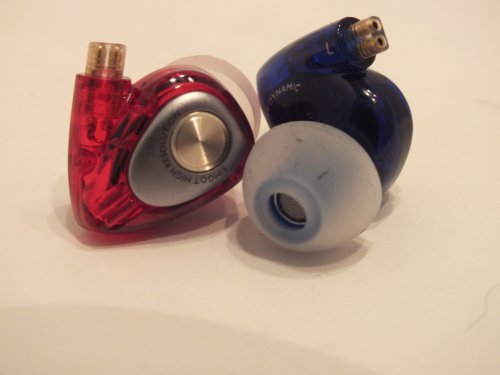


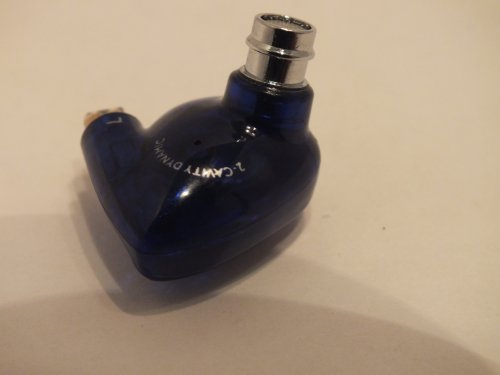



















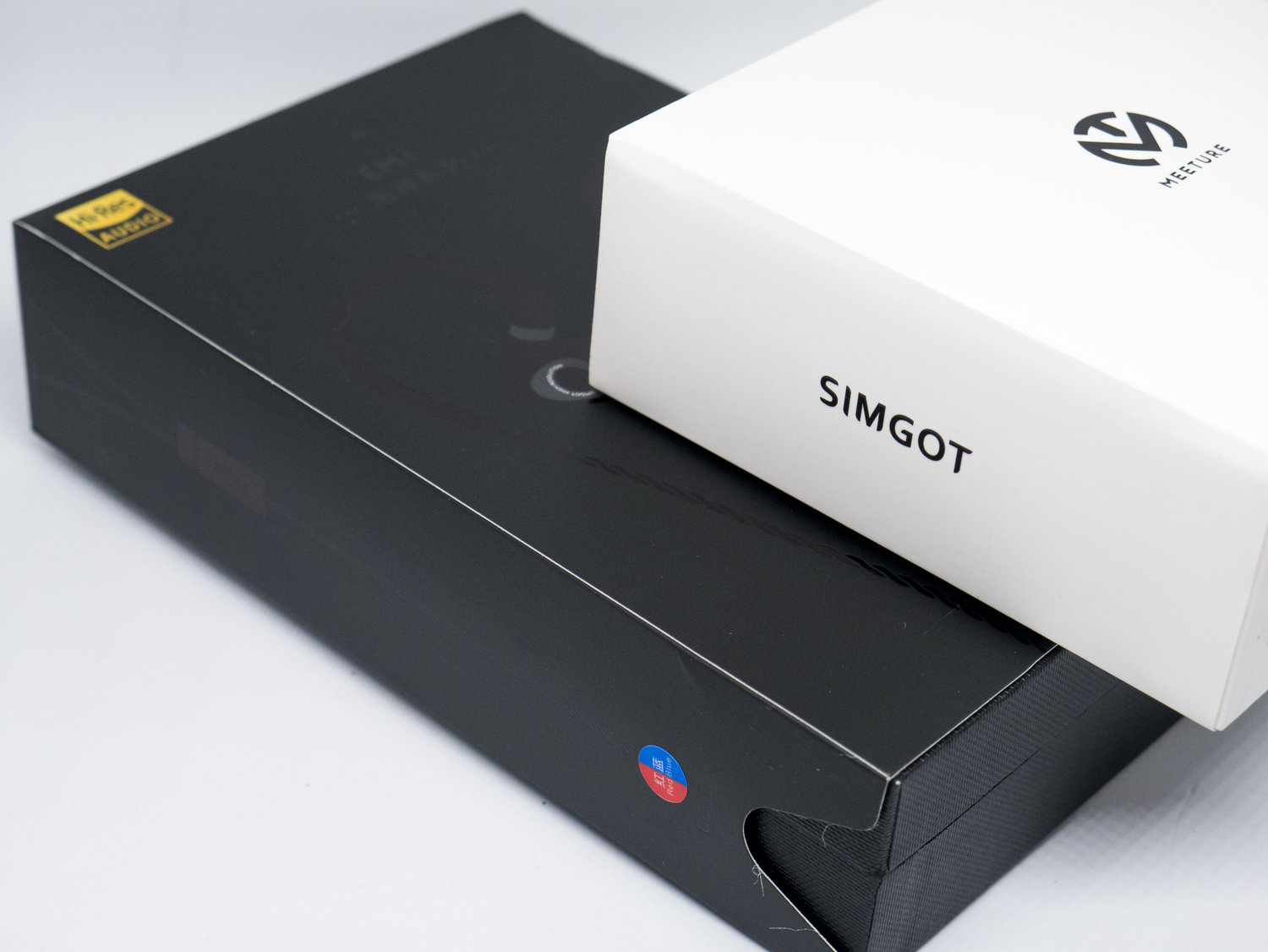
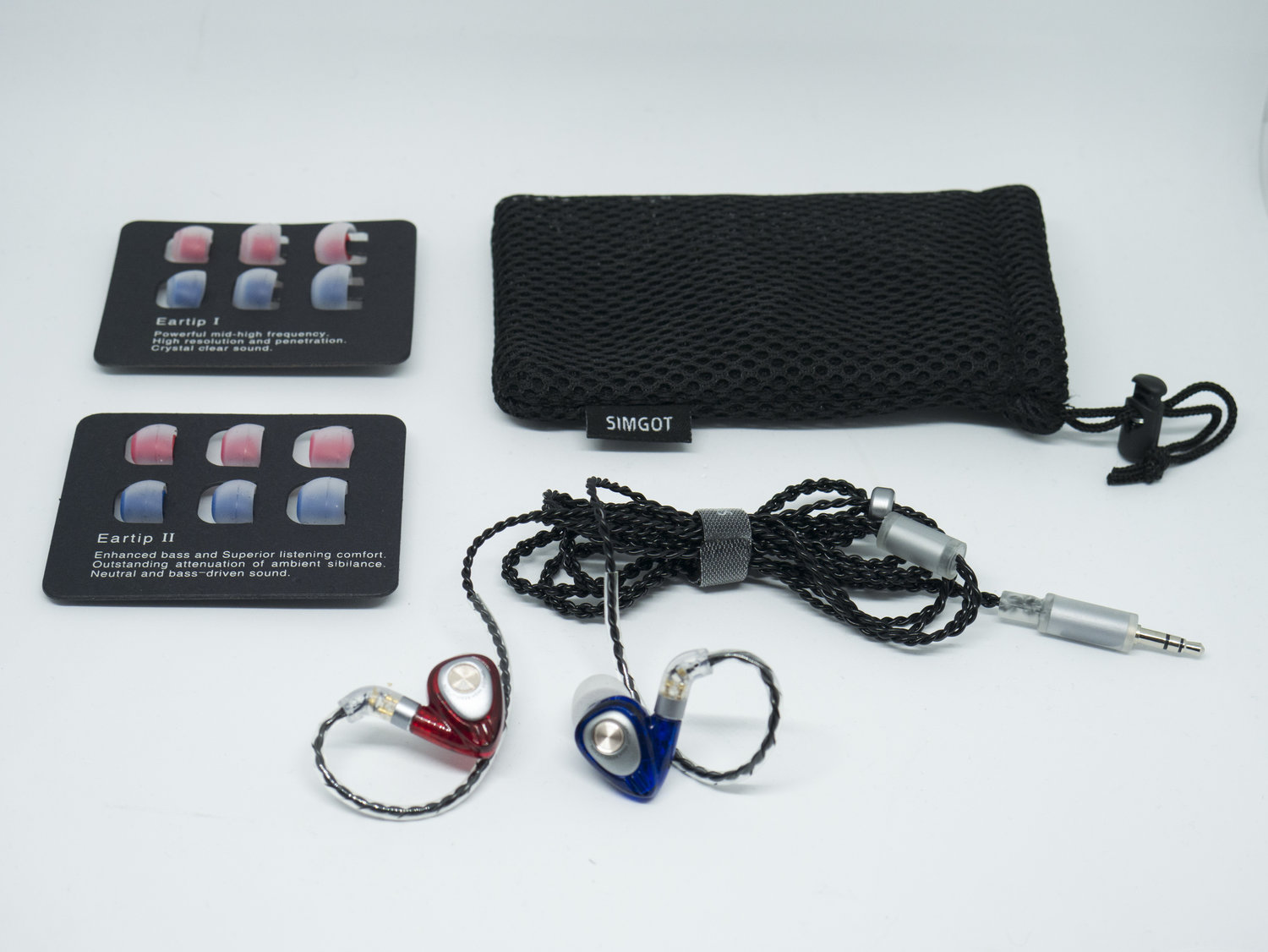
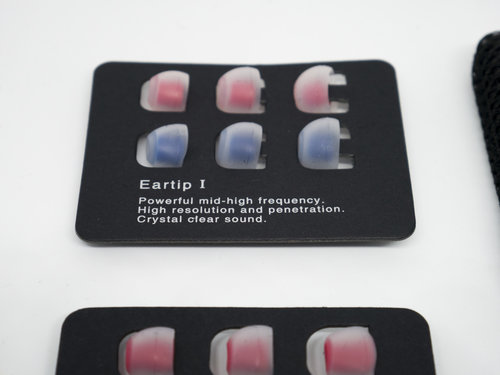
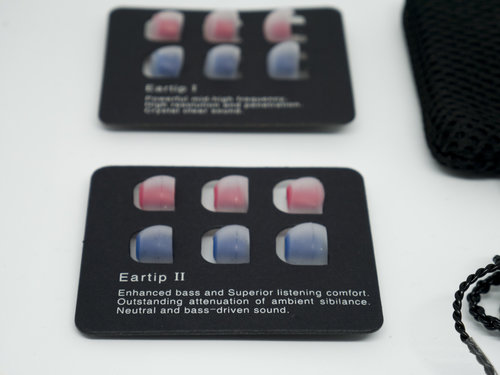
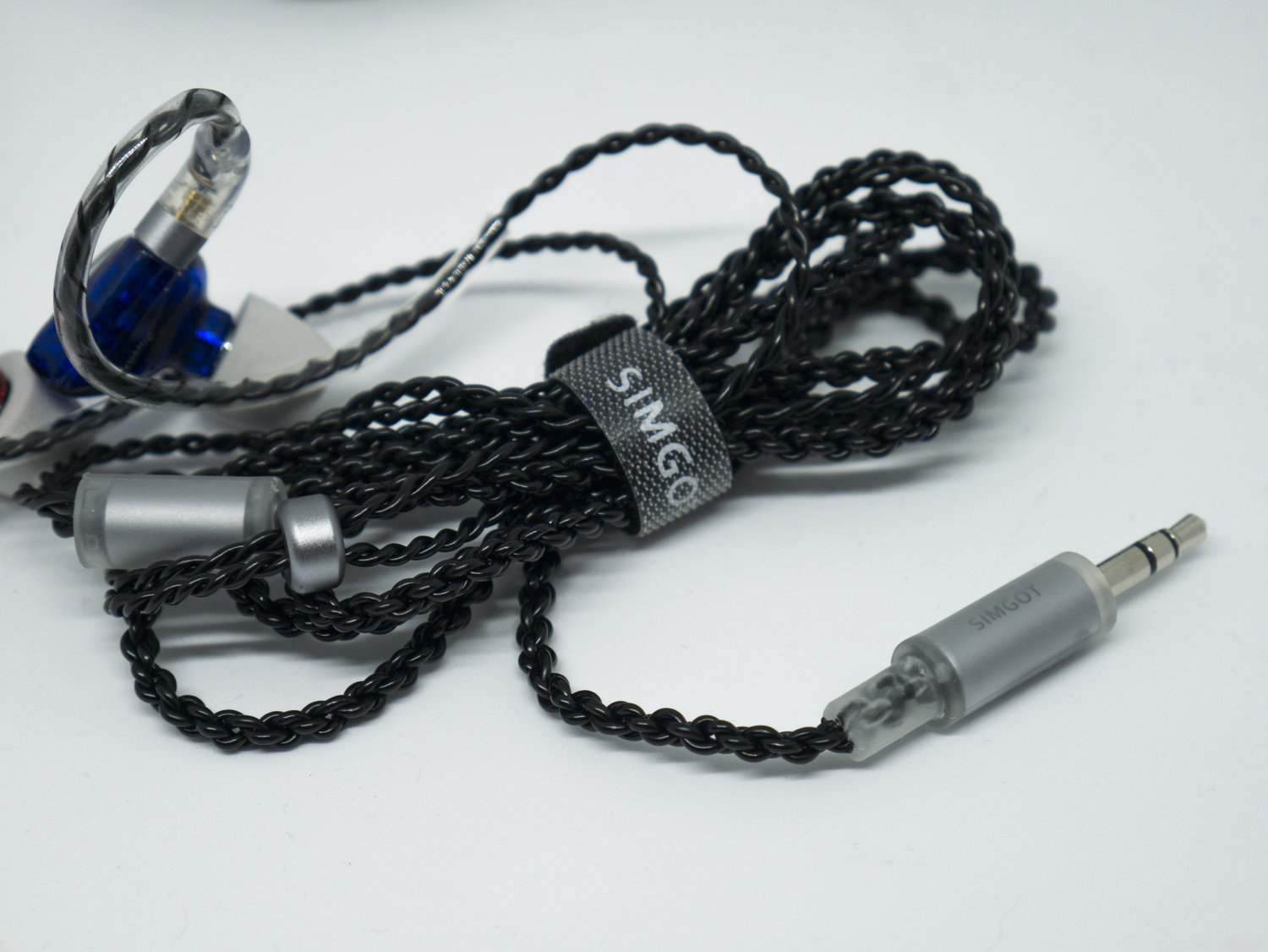
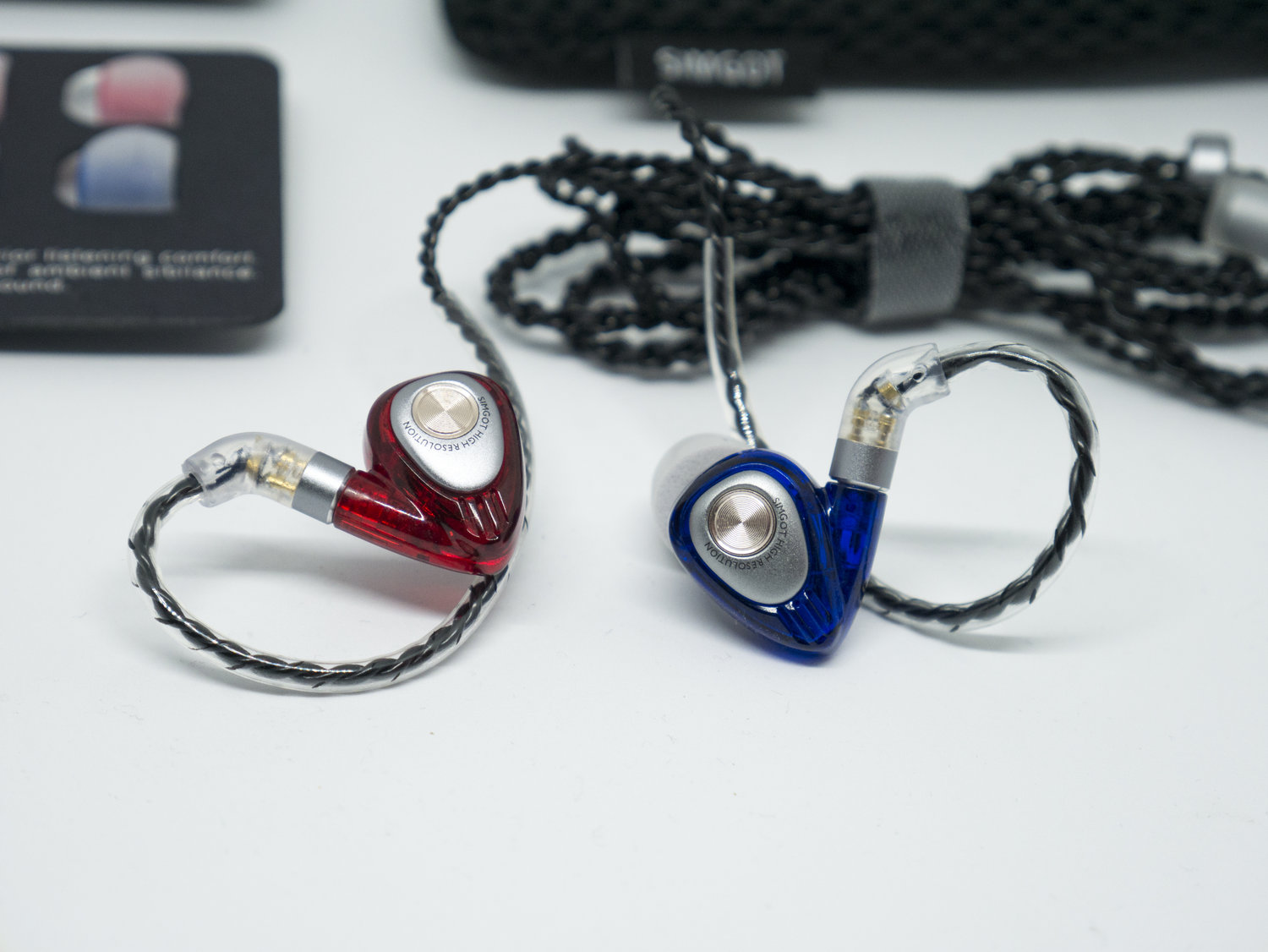
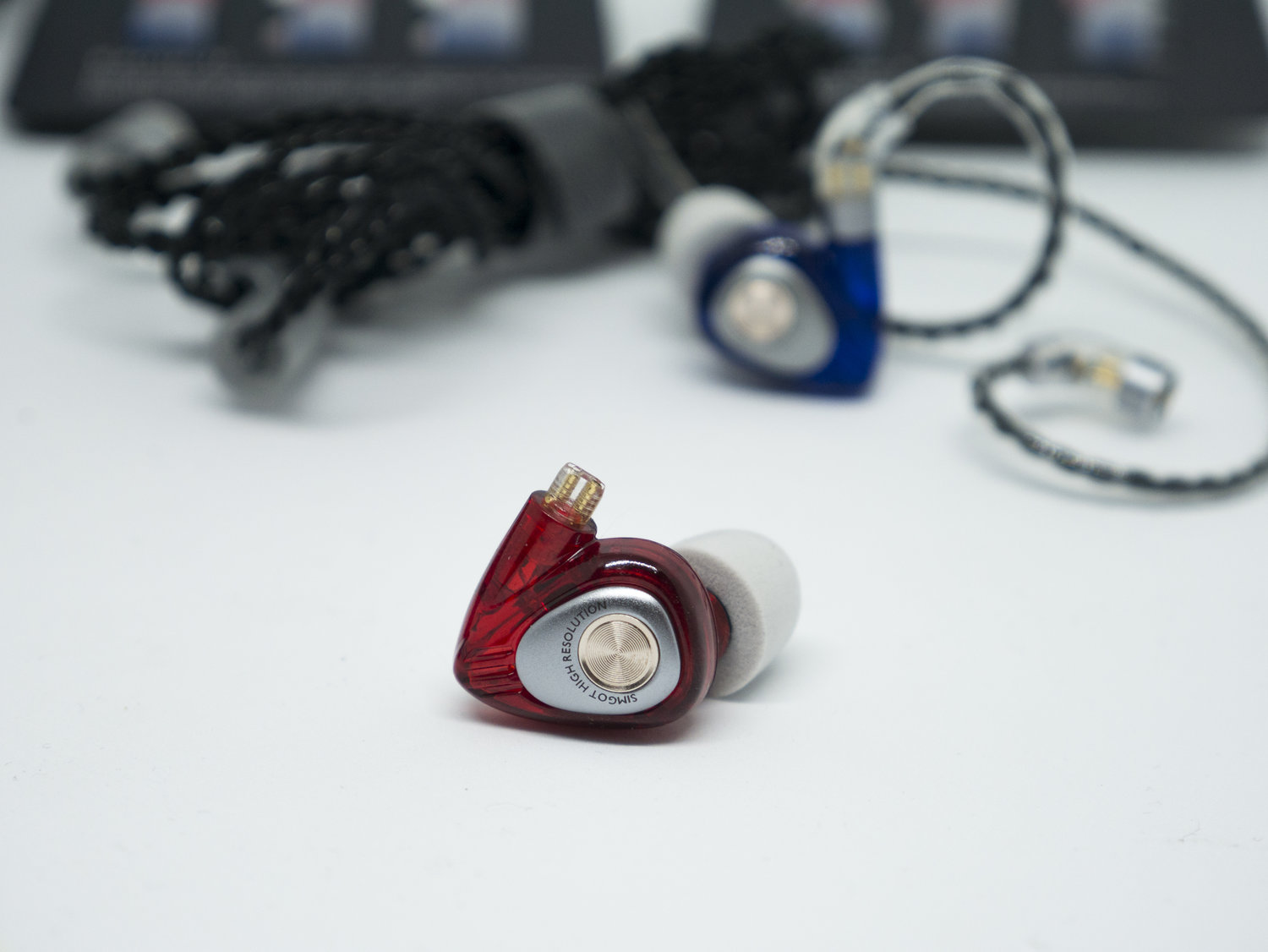
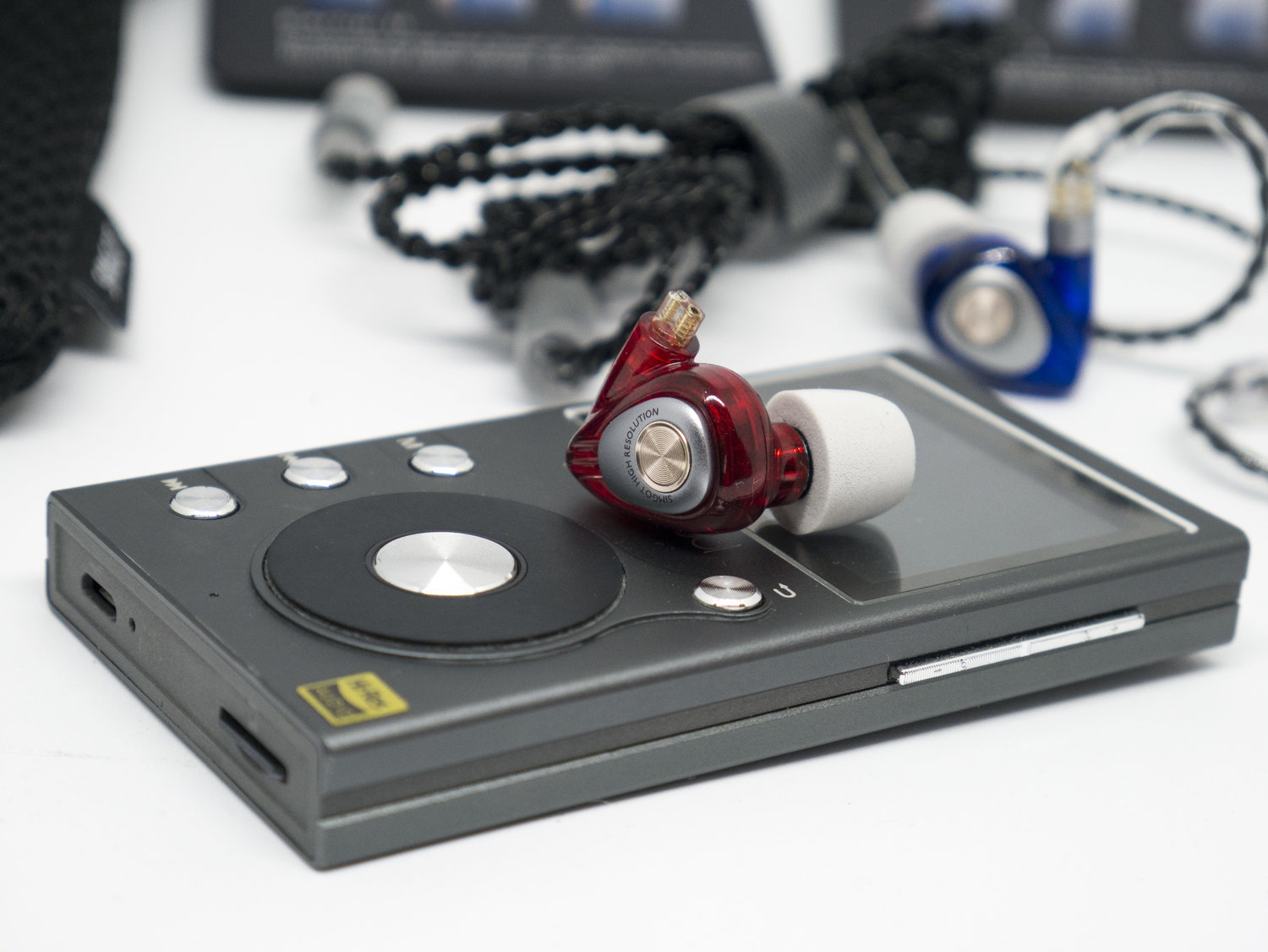
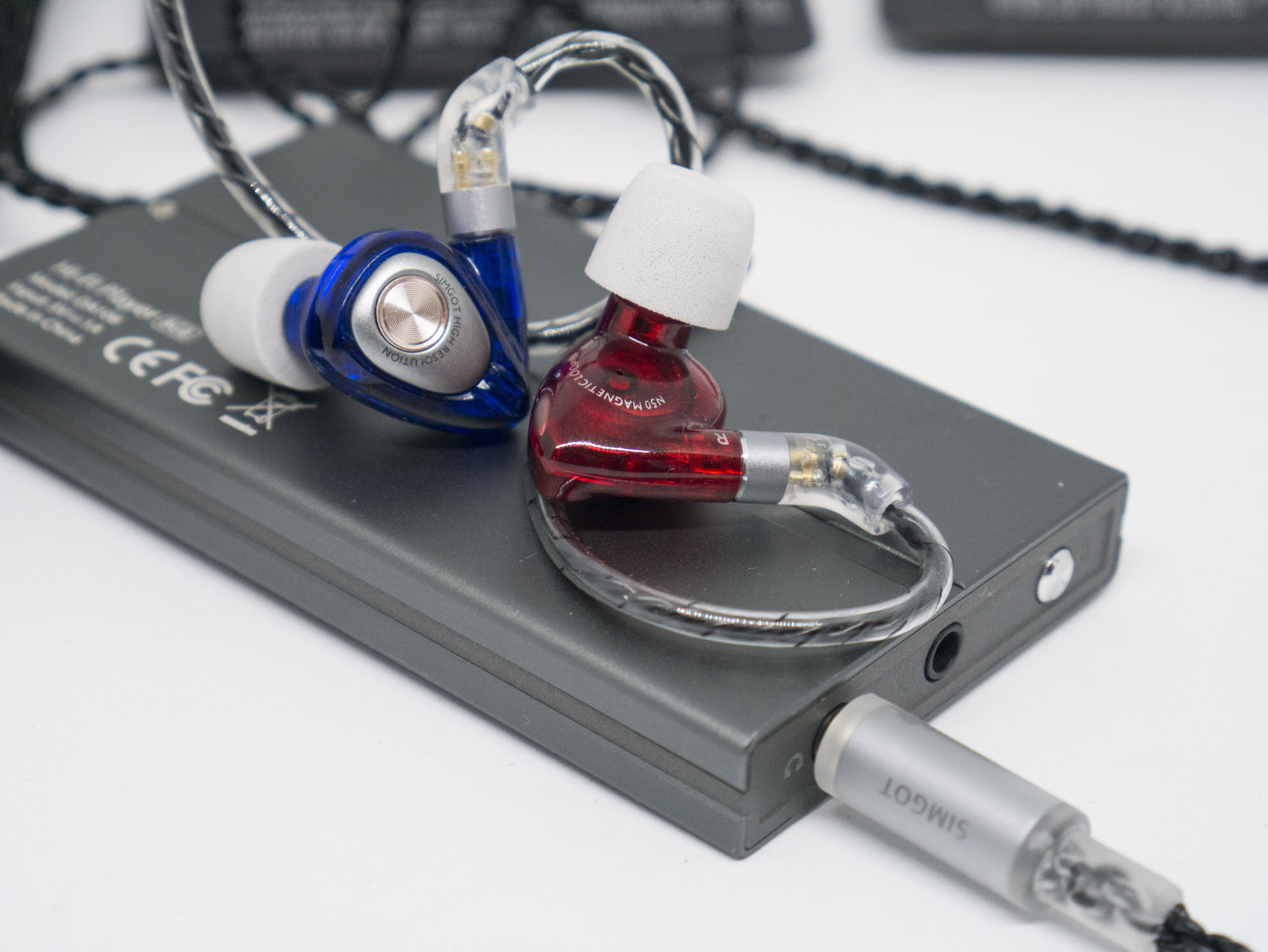


Would you recommend for metal music?